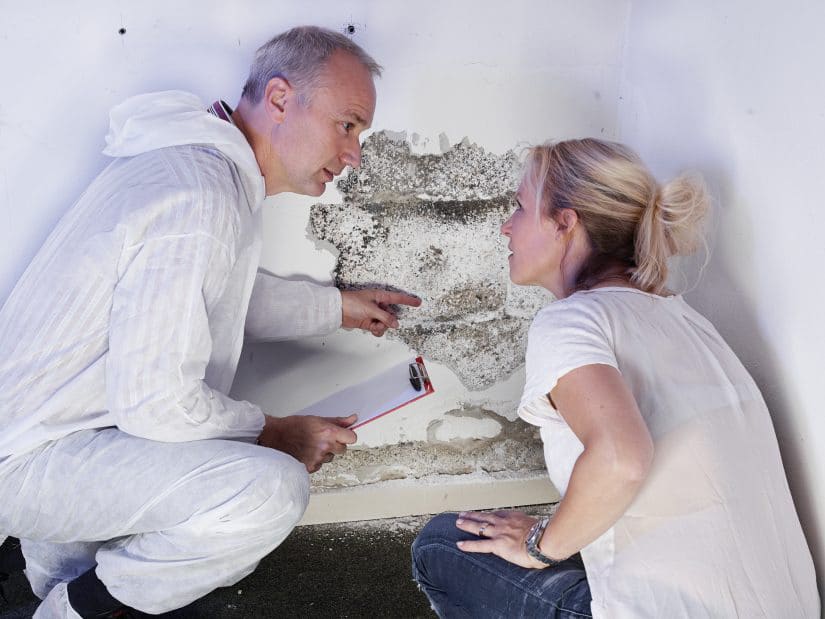
How Quickly Does Mold Grow After Water Damage in Omaha?
Mold is a widespread issue that can develop following water damage, particularly in humid climates like Omaha, NE, presenting risks to your property and health. According to the Centers for Disease Control and Prevention, understanding what mold is and the conditions that facilitate its growth is essential for effective prevention and remediation. This article will delve into the causes and signs of mold growth, its effects on health and property, and the critical steps to take immediately after experiencing water damage. When water damage occurs, immediate emergency water mitigation services are crucial for preventing mold growth.
What Is Mold?
According to the EPA Mold Guidelines, mold is a type of fungus that flourishes in damp and humid environments, often as a result of water damage, and it can present serious health risks to those who come into contact with it.
Mold spores are found throughout nature and can easily spread through the air, landing on surfaces and damaged materials where moisture is present. If left unchecked, mold can lead to significant health issues, including respiratory problems and allergic reactions.
Therefore, it is crucial to address any visible mold or signs of fungal growth promptly to safeguard both health and property.
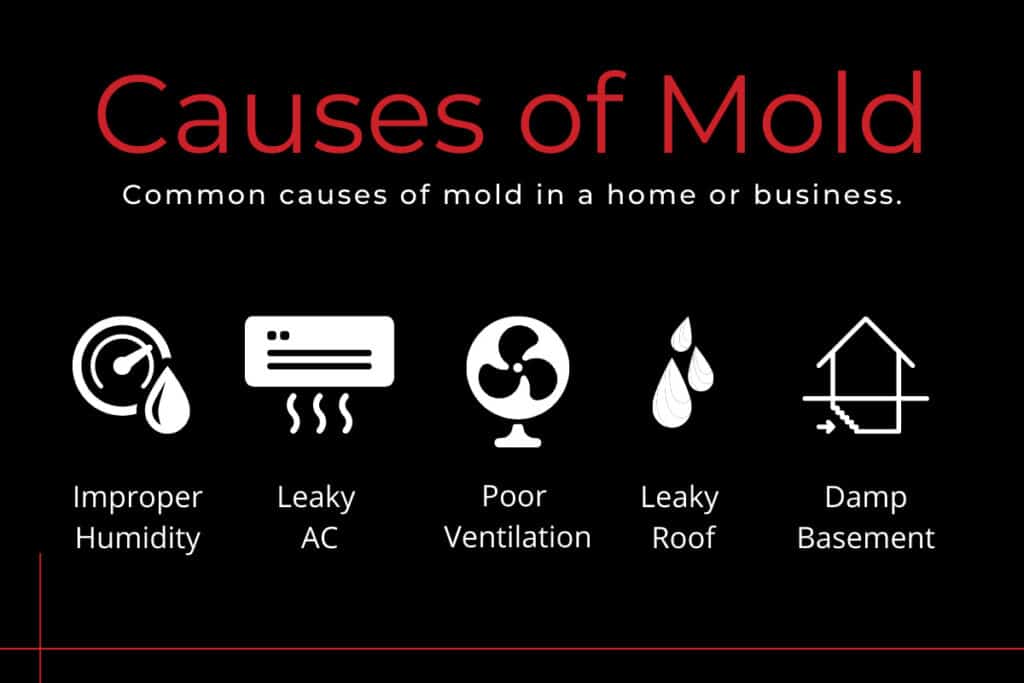
What Causes Mold Growth After Water Damage?
Mold growth following water damage is mainly due to moisture sources, including leaks, flooding, or elevated humidity levels within a property. When water infiltrates building materials such as drywall or carpets, it creates a perfect breeding ground for mold spores. Immediate water extraction and professional water damage repair are essential to prevent mold growth.
The National Institutes of Health reports that if moisture is not addressed promptly through proper drying and dehumidification services, mold can spread rapidly within 24 to 48 hours.
If moisture is not addressed promptly, mold can spread rapidly within 24 to 48 hours. This highlights the critical need for immediate action to prevent extensive damage.
Services like Omaha Water Restoration in Omaha, NE, can be crucial during such instances.
How Long Does It Take For Mold To Grow?
According to OSHA Mold Safety Guidelines, mold can start growing within 24 to 48 hours after water damage occurs in Omaha, NE, homes and businesses, particularly during humid seasons. This rapid development underscores the importance of promptly addressing any water-related issues to minimize health risks associated with mold exposure.
Understanding the timeline for mold growth is essential for both homeowners and property managers. Several factors can significantly influence how quickly mold spreads, including:
- Temperature
- Type of material affected
- Ventilation
For example, a warm and damp environment can accelerate mold growth, while cooler temperatures may slow the process down.
To effectively tackle mold issues, it is crucial to act quickly after water damage occurs. Here are some important preventive measures to consider:
- Swiftly remove standing water and moisture from the affected area.
- Ensure proper ventilation to promote drying.
- Utilize dehumidifiers to maintain low humidity levels, ideally below 50%.
- Inspect and address any hidden leaks or dampness without delay.
Engaging professional help for mold removal and remediation can also be beneficial.
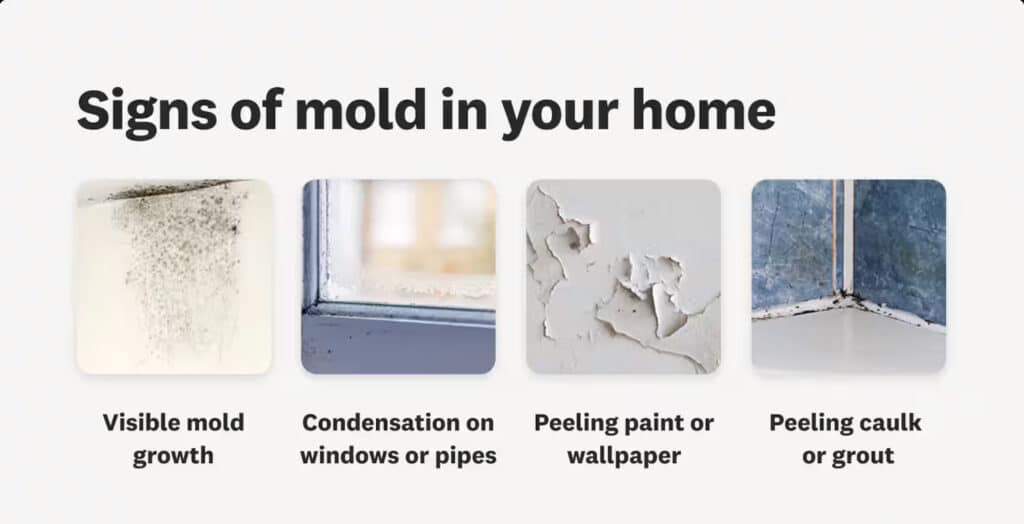
What Are The Signs Of Mold Growth?
The Mayo Clinic identifies several key indicators of mold growth following water damage, including visible mold, discoloration signs, and water stains on walls or ceilings. FEMA recommends professional inspection if you notice these signs, particularly after flooding or significant water damage.
These signs often point to mold spores flourishing in damp areas, which can pose potential health risks if left untreated. Homeowners should remain alert for musty odors and any unexplained allergic reactions, as these can also indicate underlying mold issues that need prompt attention.
How Does Mold Affect Health?
Mold can have a significant impact on health, particularly for individuals who are sensitive to its presence. Exposure to mold spores may trigger symptoms such as coughing, sneezing, and skin irritation. Over time, long-term exposure can pose more serious health risks, including respiratory problems, especially for those with asthma or compromised immune systems.
Furthermore, the effects of mold exposure can be especially pronounced for young children, the elderly, and pregnant women, who may experience increased sensitivity. The presence of mold in living or working environments can lead to chronic health issues, as individuals face continuous exposure to these irritants.
To reduce the risks associated with mold, it is crucial to implement several preventive measures:
- Maintain indoor humidity levels at a low range, ideally between 30-50%.
- Regularly inspect and promptly repair any plumbing leaks.
- Ensure adequate ventilation in moisture-prone areas, such as bathrooms and kitchens.
- Utilize mold-resistant products, particularly in spaces like basements and laundry rooms.
What Are The Common Areas For Mold Growth After Water Damage?
Common areas for mold growth following water damage typically include locations with high moisture levels, such as bathrooms, basements, and areas surrounding plumbing fixtures. Building materials like drywall and carpets that have been exposed to water damage are particularly vulnerable to mold colonization, making these areas prime targets for fungal growth. Utilizing air conditioning can help regulate temperature and humidity levels in these areas.
Mold thrives in damp environments where ventilation is poor and humidity levels are elevated. For example, attics that lack adequate airflow can quickly become breeding grounds if they have experienced roof leaks. Similarly, kitchens, especially under sinks and in corners, are known for mold development due to frequent spills and moisture accumulation.
Here are some key locations to consider:
- Bathrooms: Shower curtains and tiles often retain moisture.
- Basements: Concrete walls can absorb water, creating an ideal environment.
- Near AC units: Condensation can lead to dampness.
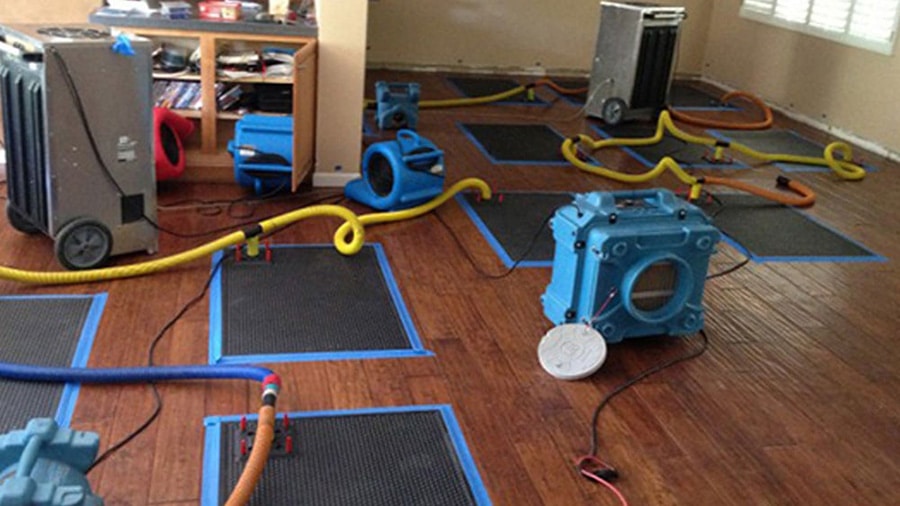
How To Prevent Mold Growth After Water Damage?
Preventing mold growth after water damage requires taking proactive measures to eliminate sources of moisture, maintain appropriate humidity levels, and ensure effective ventilation throughout the property. It is essential to act quickly to prevent mold from establishing itself.
This involves drying out the affected areas and keeping an eye out for any residual moisture that could pose health risks related to mold exposure. Utilizing cleaning agents and moisture meters can ensure thorough drying and inspection, preventing fungal growth.
What Are The Steps To Take Immediately After Water Damage?
After experiencing water damage, it is crucial to take immediate actions to minimize the potential for mold growth and further property damage. Begin by removing any standing water, drying out the affected areas, and disposing of damaged materials. It may also be wise to consider professional assistance for effective mold removal and remediation.
When addressing water damage, personal safety should always come first. Ensure that you turn off any electrical appliances and verify that the area is safe before beginning any cleanup efforts. Addressing pipe leaks and inspecting damaged materials is also crucial.
Start by using a wet vacuum or mops to eliminate standing water as quickly as possible. Swift action not only helps prevent further damage but also reduces the risk of mold formation. Next, open windows and utilize fans to promote proper airflow, which is essential for drying out the affected spaces.
After the water has been removed, inspect the areas for any remaining moisture. Utilizing moisture meters can be beneficial in identifying hidden dampness. Additionally, consider using antibacterial cleaning agents and dehumidifiers to ensure thorough cleaning and drying, which will further mitigate the chances of microbial growth.
While the process may seem daunting, being methodical and seeking the right assistance can significantly enhance the effectiveness of restoring your property.
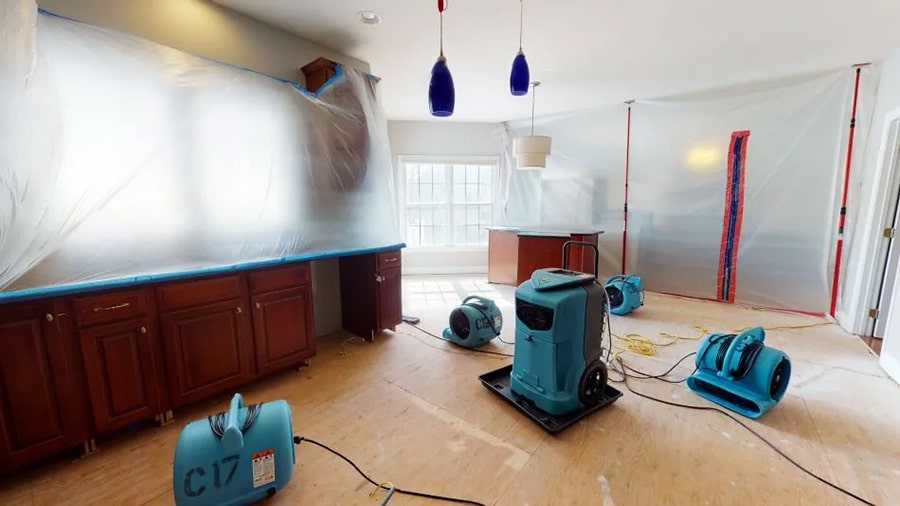
How To Dry Out Water-Damaged Areas?
Drying out water-damaged areas requires a thoughtful approach that combines proper ventilation, reducing humidity levels, and the use of air conditioning or dehumidifiers to speed up the process. It is crucial to ensure that all affected building materials, such as drywall and carpets, are thoroughly dried to prevent mold growth and potential health hazards.
One effective strategy for combating moisture involves utilizing high-velocity fans, which can significantly improve air circulation. These fans help to move air across surfaces, thereby accelerating the evaporation of any lingering moisture.
When utilizing tools such as dehumidifiers, moisture meters, and thermal imaging cameras, you can monitor moisture levels in real-time, ensuring a comprehensive drying process. It’s also important to maintain a target humidity level below 60% in the affected area, as this substantially inhibits the growth of mold spores.
It is advisable to remove any standing water as quickly as possible. Employing wet vacuums or pumps can expedite this process, allowing other drying equipment to function more effectively. Additionally, regularly checking and changing air filters in dehumidifiers and HVAC systems helps to enhance airflow quality and efficiency.
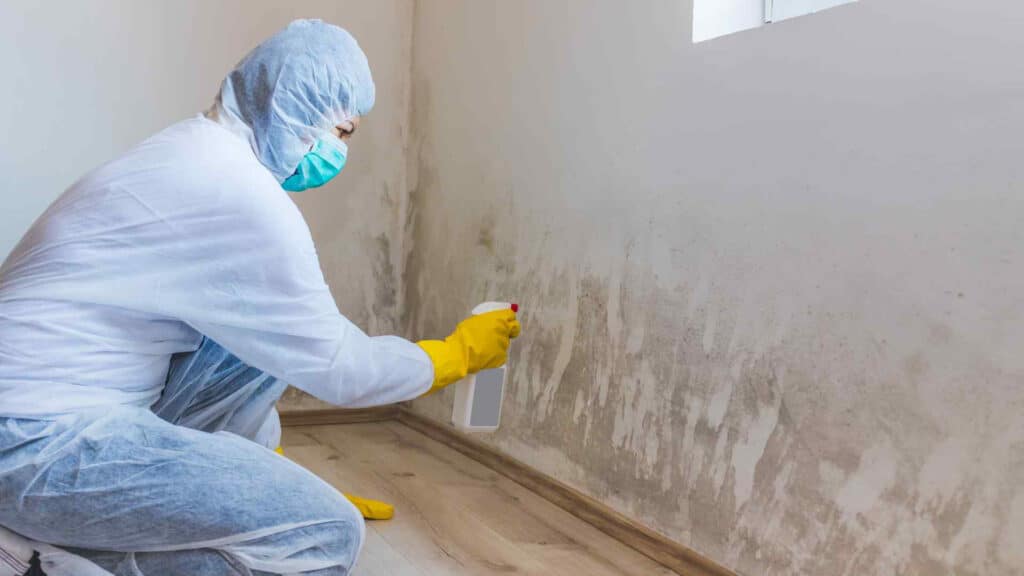
How To Remove Mold From Water-Damaged Areas?
To effectively remove mold from areas affected by water damage, it is crucial to utilize appropriate cleaning agents and, in more severe cases, seek professional assistance for mold remediation by companies such as Omaha Water Restoration. This process involves identifying the source of moisture, treating the impacted surfaces, and ensuring thorough cleaning to prevent mold spores from reestablishing.
Mold flourishes in damp environments, like those found in areas such as the Omaha area, making it essential not only to focus on its removal but also to prevent its recurrence. Homeowners often encounter challenges when addressing mold issues, so understanding the proper cleaning methods is key.
First and foremost, it is vital to adhere to strict safety protocols when dealing with mold. This includes wearing protective gear such as gloves and masks and ensuring proper ventilation in the affected area.
For minor mold issues, household items like vinegar or a bleach solution can be effective, but it is important to exercise caution and avoid mixing these agents. In cases where mold covers a large area or impacts structural materials, it is advisable to contact certified professionals. They have the expertise and equipment necessary for comprehensive mold remediation, effectively mitigating the health risks associated with mold exposure.
What Are The Risks Of Not Addressing Mold Growth After Water Damage?
It is essential to address mold growth promptly after water damage, as neglecting this issue can lead to various risks, including serious health hazards and considerable damage to property.
Mold can persist and proliferate, resulting in expensive repairs and health complications that can impact everyone in the household, especially individuals with respiratory issues or weakened immune systems.
Taking action quickly can help mitigate these risks and protect both health and property.
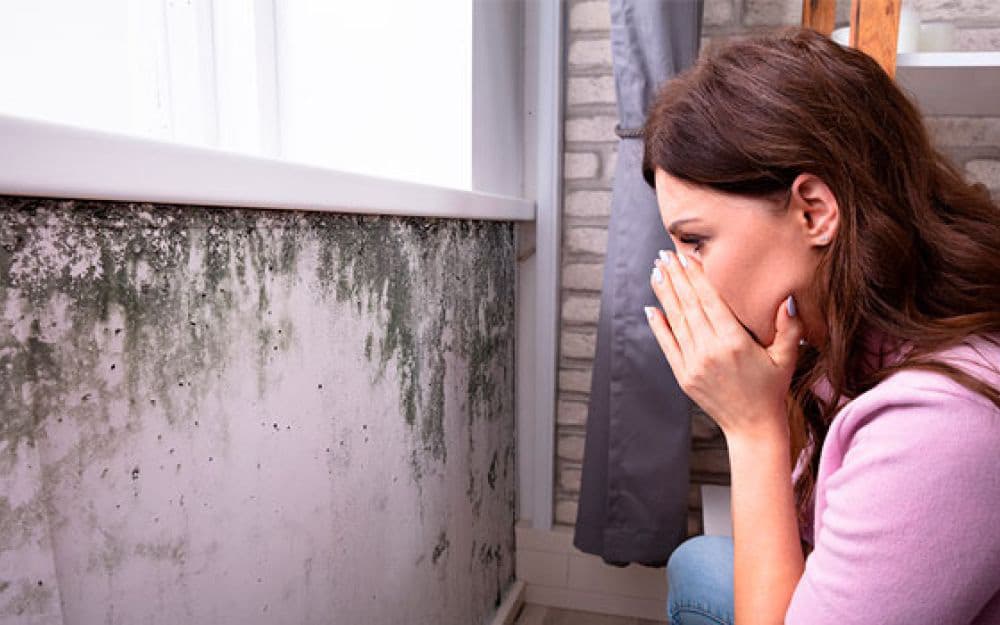
Can Mold Cause Structural Damage?
Mold can indeed cause structural damage to a property by weakening essential building materials such as drywall, wood, and insulation. Over time, significant fungal growth can compromise the integrity of these materials, resulting in costly repairs and posing health risks to those who occupy the space.
It is important to recognize that mold not only affects the appearance of a property but may also signal underlying moisture issues that need attention. Homeowners should be proactive in inspecting their properties, as mold tends to thrive in damp environments and often remains unnoticed until the damage becomes extensive.
Key signs of mold presence include:
- Visible patches of mold on walls, ceilings, or flooring
- An earthy, musty odor that fills the area
- Water stains or discoloration on surfaces
- Increased allergy symptoms or respiratory problems among occupants
Addressing these concerns through timely intervention is crucial, not only for maintaining property value but also for ensuring a safe living environment. Ignoring mold issues can lead to extensive damage and more significant health risks, creating a cycle that becomes increasingly challenging and expensive to resolve.
Can Mold Affect Indoor Air Quality?
Mold can have a considerable impact on indoor air quality by releasing mold spores into the air, which may pose various health risks for those living in the space. Factors such as poor ventilation and high humidity levels can worsen these issues, making it crucial to address mold problems promptly in order to maintain a healthy living environment.
In indoor settings, the presence of mold is particularly alarming due to its propensity to thrive in damp conditions. The quality of air can deteriorate rapidly, leading to discomfort and potential health complications, including allergic reactions, respiratory issues, and even severe infections in sensitive individuals. Therefore, taking proactive steps to reduce mold exposure is essential.
Some effective strategies include:
- Regularly inspecting for leaks and signs of excessive moisture.
- Utilizing dehumidifiers to keep humidity levels in check.
- Enhancing ventilation by opening windows and using exhaust fans.
- Cleaning any moldy surfaces with appropriate cleaning solutions to eliminate spores.
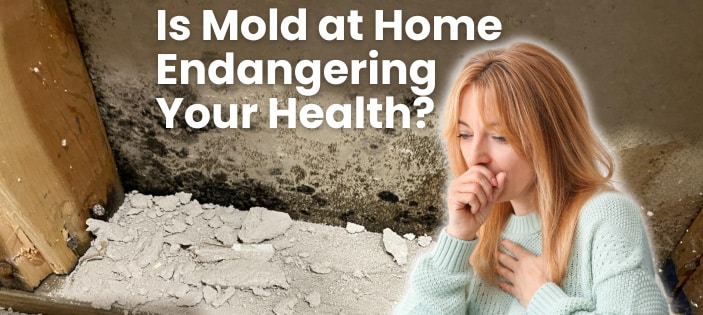
Can Mold Lead To Health Problems?
Mold can indeed lead to significant health problems, especially for individuals who have allergies or existing respiratory issues. Exposure to mold has the potential to trigger allergic reactions, worsen asthma symptoms, and contribute to various other health concerns that can impact overall well-being.
Long-term exposure to mold can create a chain reaction affecting health, often resulting in chronic respiratory conditions, ongoing sinus infections, and, in severe cases, mold poisoning. Therefore, it is crucial for individuals to be fully aware of the potential health risks associated with mold exposure.
Symptoms may include:
- Persistent cough
- Wheezing
- Headaches
- Fatigue
- Skin irritations
These symptoms can be particularly pronounced in sensitive populations, such as children and the elderly. Addressing mold issues swiftly can help mitigate lasting health effects, making early detection and intervention essential for maintaining a safe and healthy living environment. By understanding their own susceptibility, individuals can take proactive measures to protect their health.
